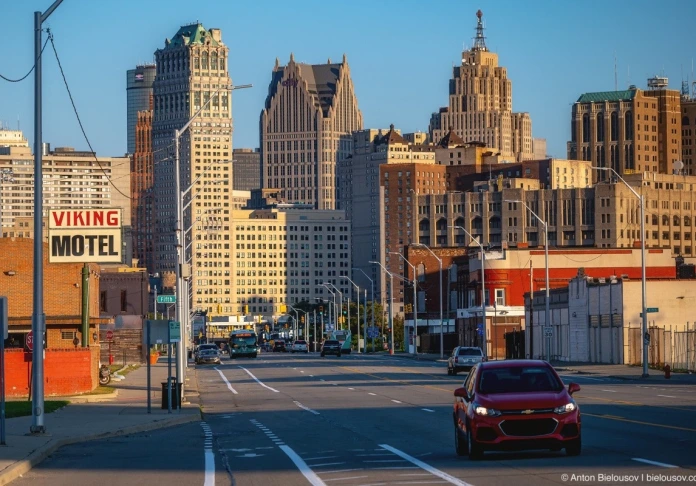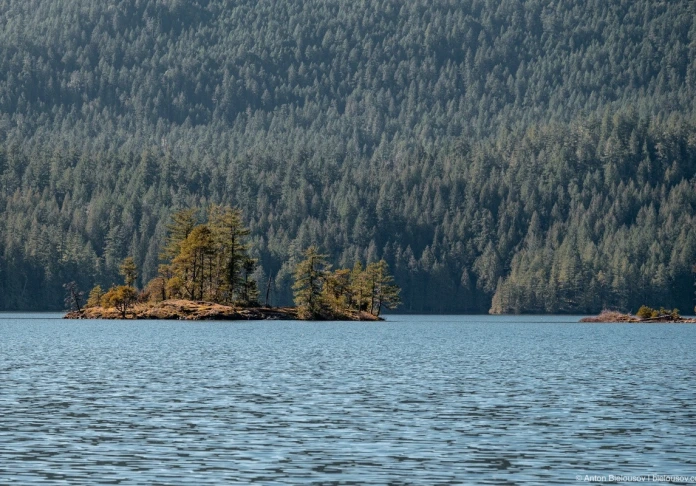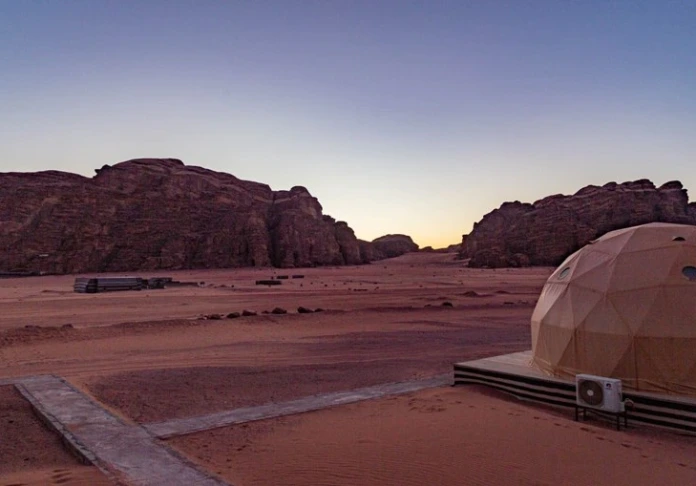Auschwitz
Concentration camp Auschwitz-Birkenau is approximately 60 km from Krakow, near the town of Oswiecim. Auschwitz - is not only a city, but also the name of the Polish concentration camp. Concentration Camp consists of three main camps. Visit it can be with a guided tour, which lasts for about 4 hours and includes two camps: Auschwitz 1 and Auschwitz 2 (Birkenau). In the concentration camp museum has been remodeled in 1947; it covers an area of 191 hectares: 20 hectares - Auschwitz 1, 171 hectares - Auschwitz 2.

Auschwitz 2 (Birkenau)
Excursion begins with lager Auschwitz-Birkenau, where bands vezut on the bus. This camp is considered the symbol of the Holocaust, was here to kill more than million people. Imenno here Destruction men Bought Production scales.

Through these gates, reminds me open mouth, into the camp of hundreds of prisoners arrived daily.
The train tracks were laid directly on the camp only in 1944. Prior to this, people were removed from the train station, not far from Auschwitz and the way to the camp, crossed on foot.
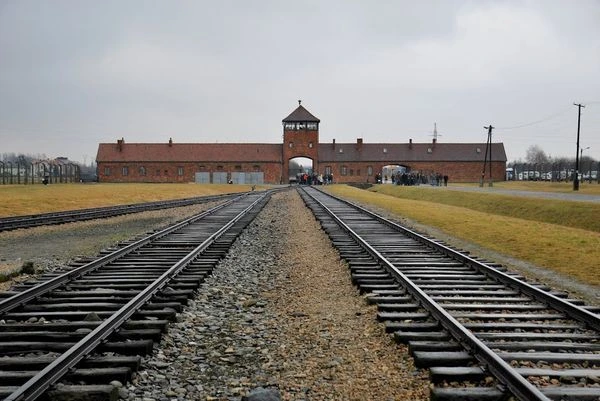
People were coming in cattle cars, Haggard few days on the road. They were lined up around trains and sorted. Unfit for work, about 3/4 of arrivals on the same day sent to the gas chamber. Part of prisoners, mostly children, twins, dwarfs, were selected to conduct medical experiments on them. The others remained in the camp and used to work in various industrial enterprises.


The left and right of the railroad tracks located barracks. They were divided into camps B1, B2 and B3. Camp, in turn, were divided into so-called "field", separated from each other by barbed wire. At each "field" is about 30 huts.
To the right of the main gate you can see only the chimneys.


Ruined crematorium. The camp was 7 gas chambers and crematoria 5. However, all the crematoria and gas chambers did not work at the same time, they were built gradually.

The purpose of the Nazi extermination of people was put on stream. In the gas chambers of the camp for one time could wipe out up to 8696 people in the crematoria 24 hours could burn the corpses of 4416 (according to Wikipedia). The memorial plaque in Russian.
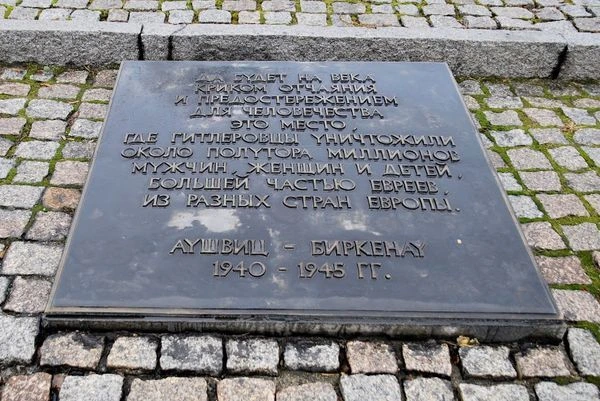
The ash from the furnaces poured into the pit and buried. On the site of one of these holes are memorable obelisks. On the inscription: "In memory of the men, women and children who are victims of Nazi genocide. Here lies their ashes. Yes, they are buried in the world."

Along the edges of the camp are watchtowers.


To the left of the main gate survived (or were partially reconstructed) brick barracks for prisoners.

So they looked inside. In one niche - a place for 2 bunks.

Some bunks intended for 4 people, so in one niche placed 8 people on middle and high bunks + 4 people on the ground. However, this is all theory. In fact, the barracks were overcrowded.

This wooden barracks.

They're inside. Middle - stove.

In one of these huts - toilet. Toilets lacked. In addition, the prisoners were allowed only here in the morning before work and in the evening after work.

Auschwitz 1
After visiting Auschwitz-Birkenau tour continues in the camp Auschwitz 1 Auschwitz 1 - was founded on the territory of the former Polish barracks. It is mostly Polish prisoners were kept. Subsequently, it was decided to build a new camp in a village called Birkenau. Build barracks brought prisoners from the Soviet Union, only ten of which have survived the first year. The camp Auschwitz 1 became the administrative center of the complex.

The inscription "Arbeit macht frei" - "Work liberates" at the entrance to the camp. In 2009, the label has been kidnapped, but then discovered the sawn into several parts in order to smuggle in Sweden. After the abduction replaced the original copy.

The prisoners lived in two- and three-story brick buildings.

Each building - a separate unit with its own number.

The blocks form a whole street. The buildings are now located in the exposition.

The photograph - empty cans of Zyklon B - hydrocyanic acid. Hydrocyanic acid crystals dissolve in the air and turn into a deadly gas. Arrived people said that they should take a shower and closed them in gas chambers. SS men climbed on the roof, wore masks and sprinkled poroshёk. To drown out the screams, cameras placed around motorcycles and start motor.

Although the Nazis and tried to cover their tracks to do is follow these were everywhere. In the camp found a lot of clothes, about 45 thousand pairs of shoes, 7 tons of human hair.


To sort the property of dead prisoners of the camp were used from "Canada" - mostly women. They lived a relatively better than other prisoners, many of them survived thanks to this work.



Block 11 - prison within a prison, "Block of Death" - was one of the worst places in the camp. Here prisoners were interrogated, tortured and then killed - mostly shot in the yard. Basement block 11 was used to test Zyklon B.

Gas chamber - under the hill. The gas chambers were served by SS troops and members of the Sonderkommando (prisoners). Only a small part of the SS who worked in the camp were convicted. Many of them managed to escape the soldiers.



Already in 1944 the crematoria and gas chambers of the camp were destroyed by the SS troops.
In 1945, when the Nazis knew that the war will become the end, the documents had been destroyed, the remaining gas chambers and crematoria destroyed. Furnace and taken some time yet used in other camps. The overwhelming majority of prisoners were driven to the west a few days before the camp was liberated. After many days of "death march" survivors were driven to the camp of Bergen-Belsen, where they were deprived of food and water. Remaining in Auschwitz were considered too weak to move, they planned to kill, but in the confusion forgotten. Those interested recommended for viewing the feature film "Schindler's List" and the documentary "Oswiecim (Auschwitz): The Nazis and the 'Final Solution". "


